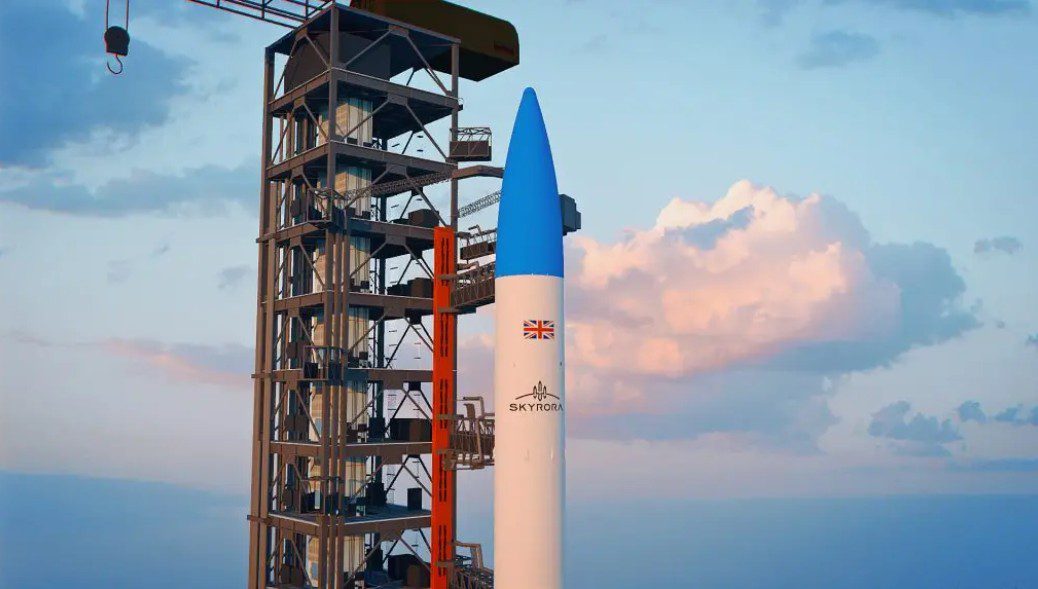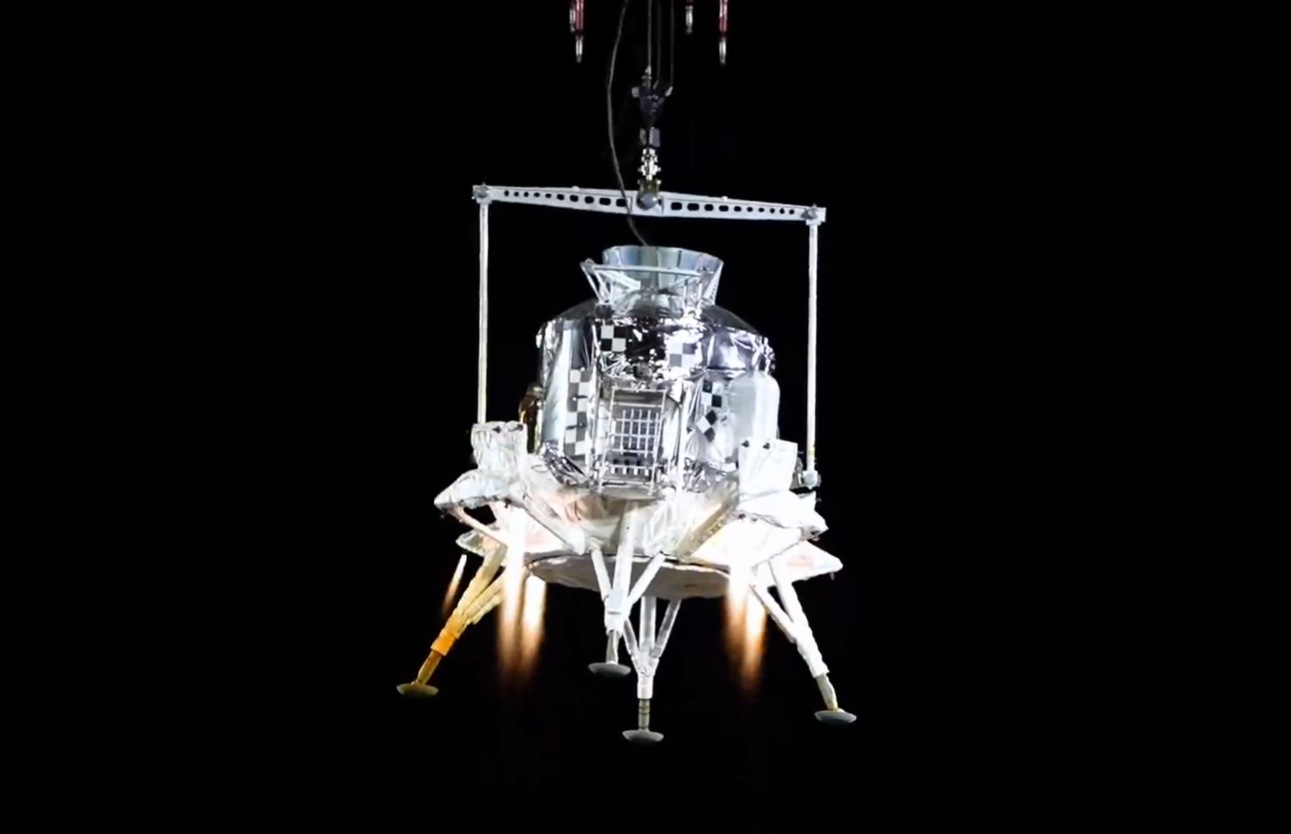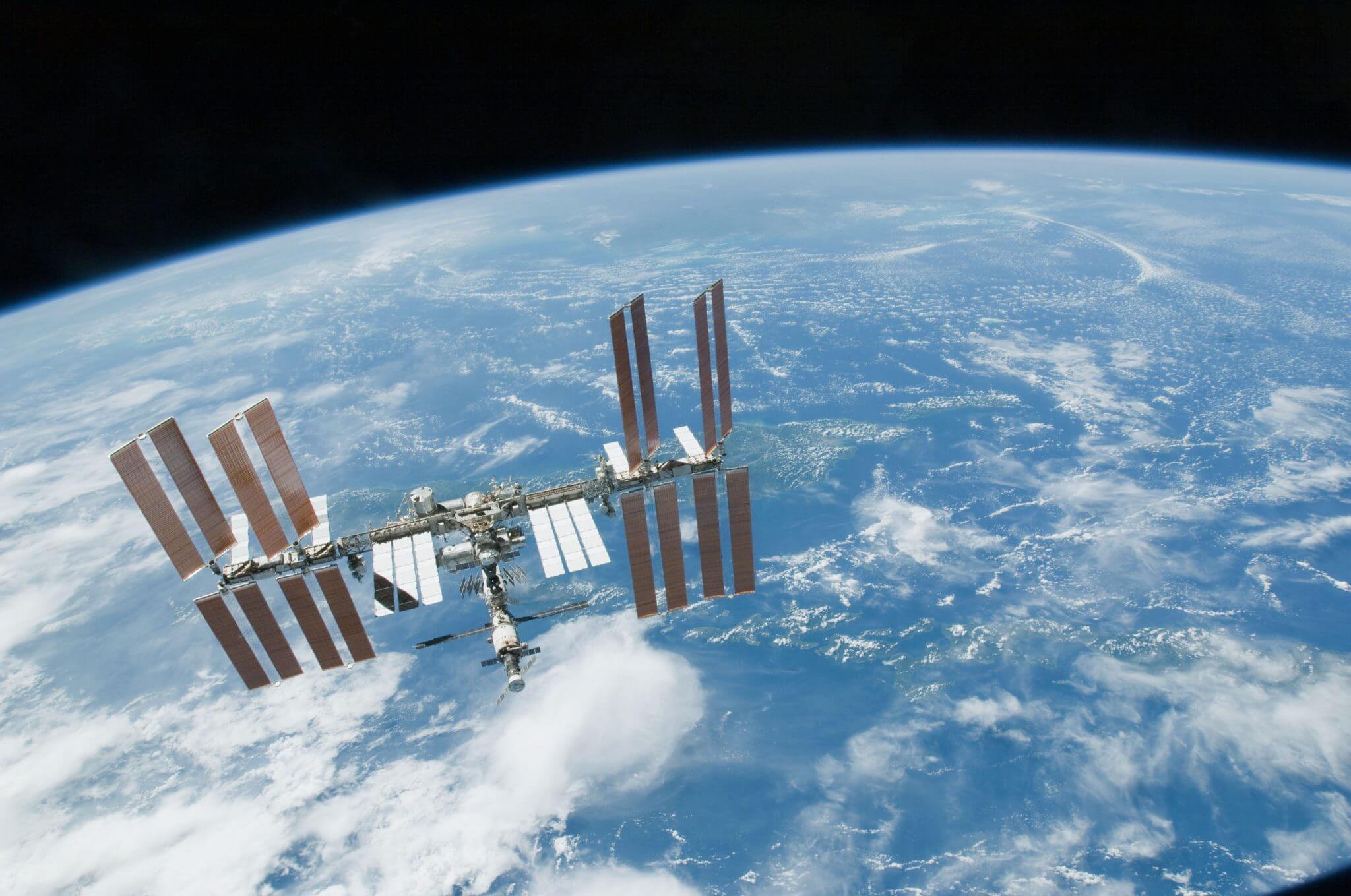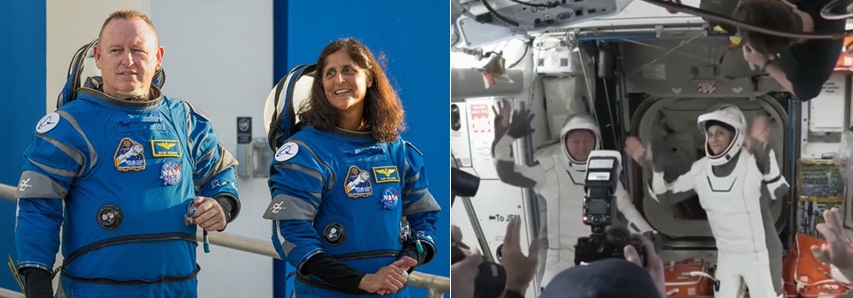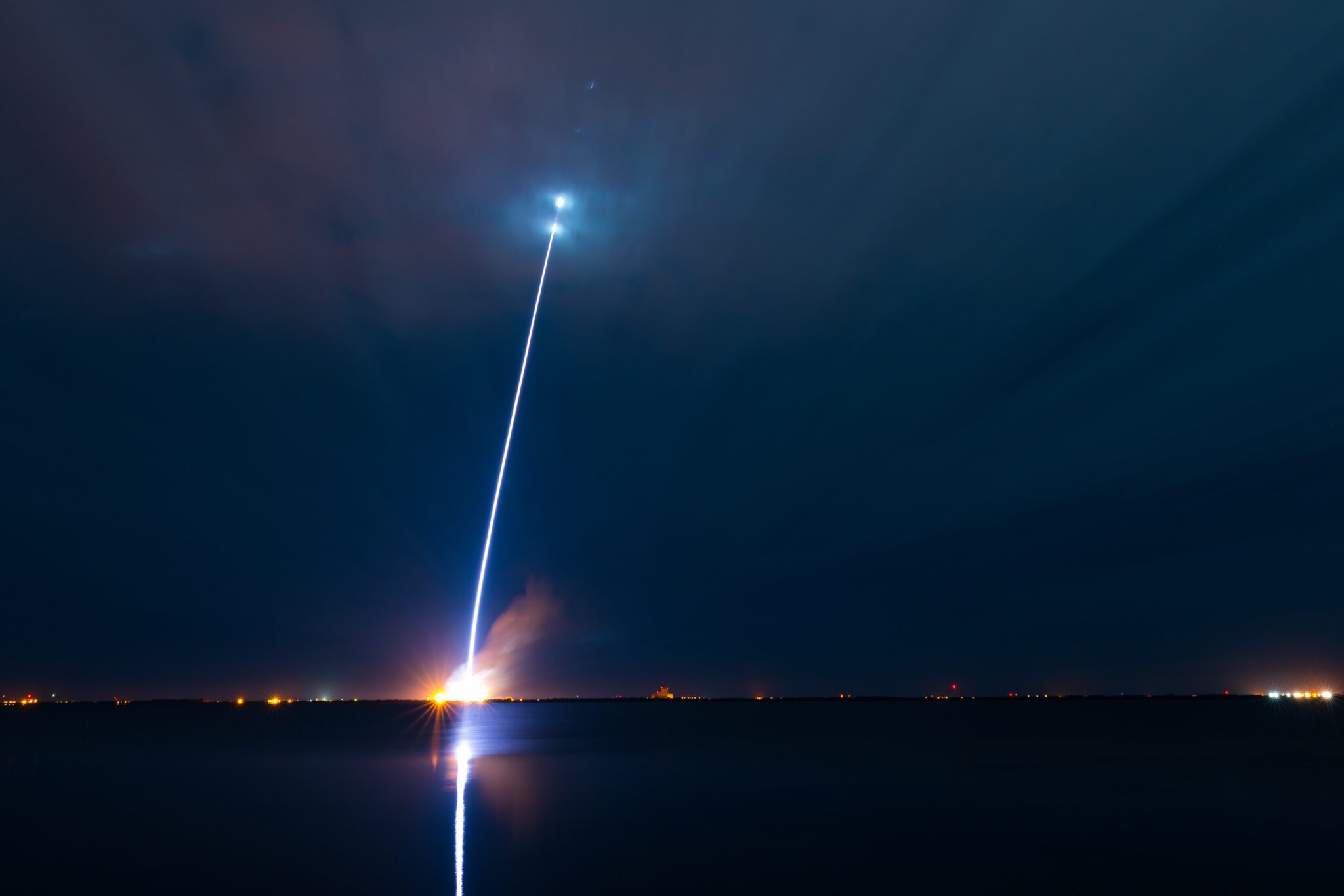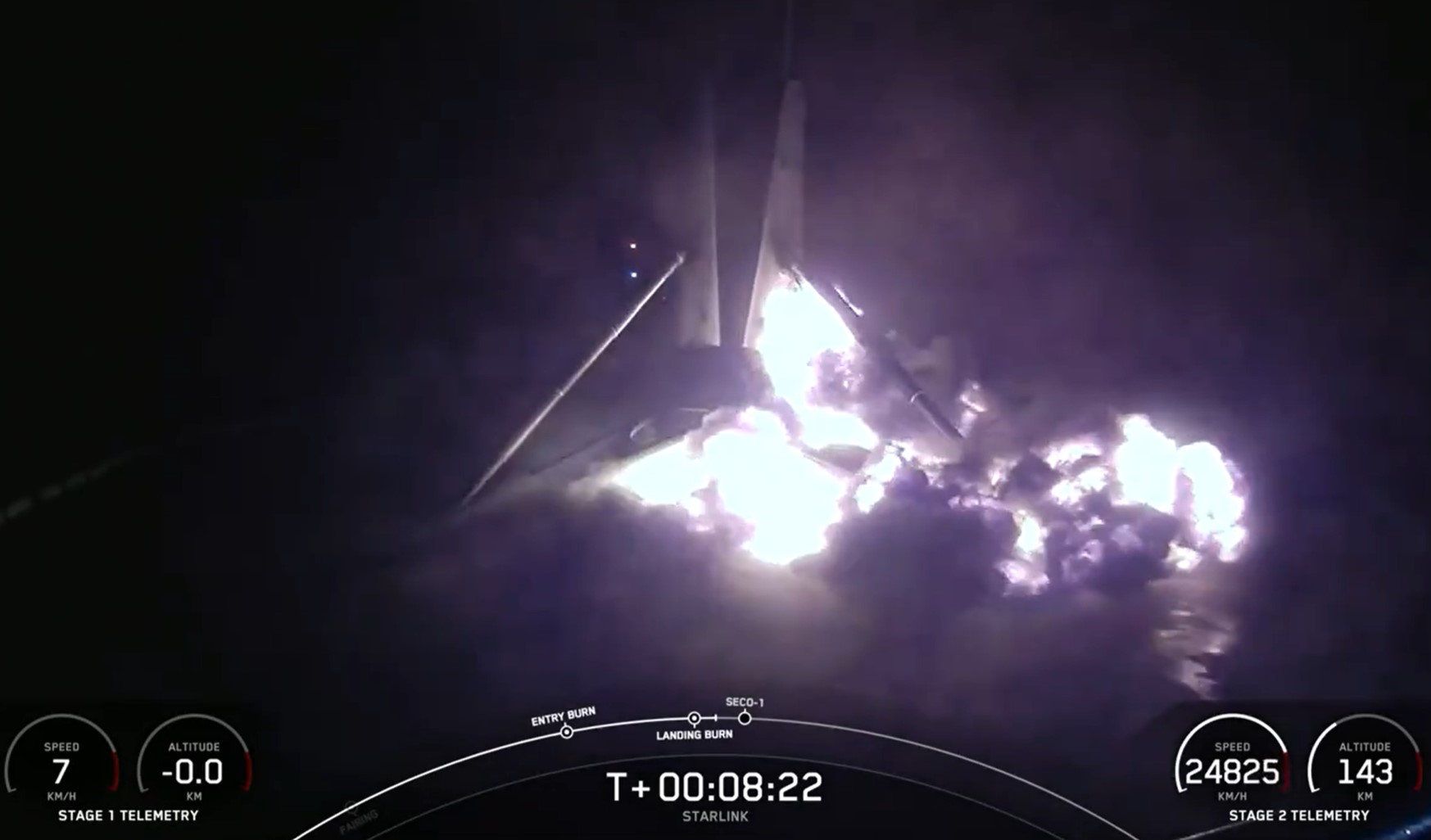Following its Proton M launch on 3 June which included an overnight 5-burn Breeze M mission sequence that involved parking in a circular parking orbit, and transition to an intermediate orbit, a transfer orbit, and finally to a super-synchronous transfer orbit, the SES-6 commercial communications satellite was finally released.
Using a supersynchronous transfer orbit had advantages. In having an apogee beyond the 36,000km which will be needed for a Geosynchronous Earth Orbit (GEO) this can significantly reduce the inclination of the orbit to the zero degrees required for geostationary operations, while only costing a little more fuel to circularise the orbit at 36,000km.
SES-6 is the fourth mission to be launched for the satellite operator SES by ILS under the Multi Launch Agreement (MLA) signed in June 2007 between SES and ILS.
As a multipurpose satellite, SES-6 consists of both Ku-band and C-band transponders. The satellite is planned to replace NSS-806 at 319.5 degrees east (or 40.5 west) longitude. This orbital location will allow SES to provide enhanced capacity over North and South America, the Caribbean, Europe and the Atlantic Ocean region. The expanded payload will also support DTH and VSAT platforms in emerging markets.

